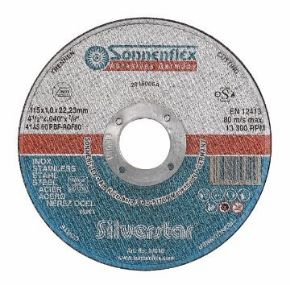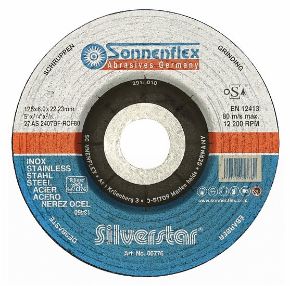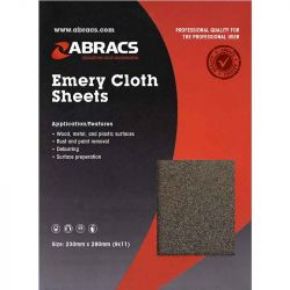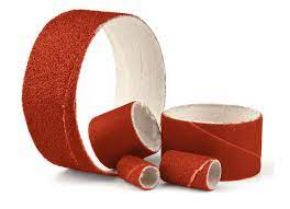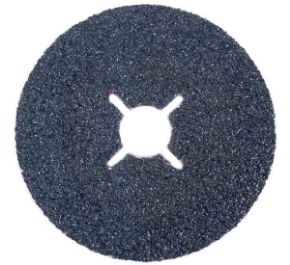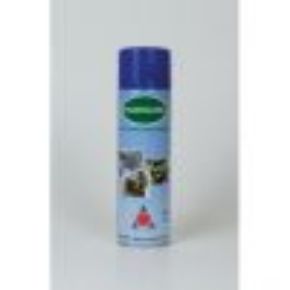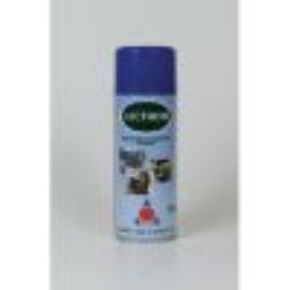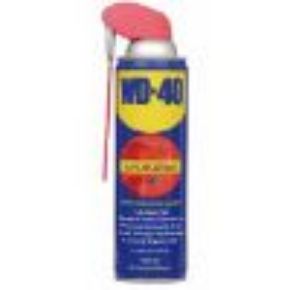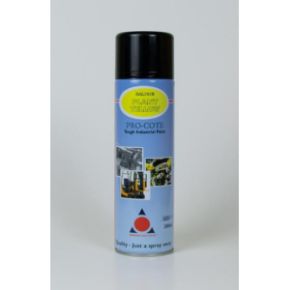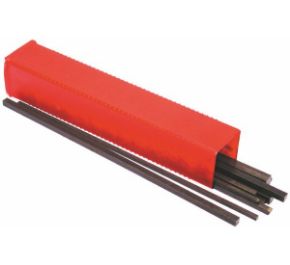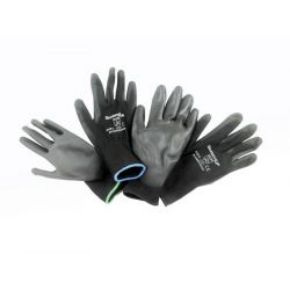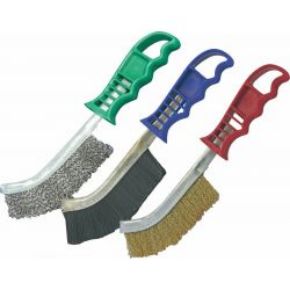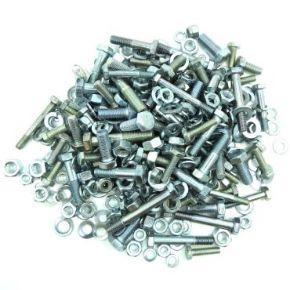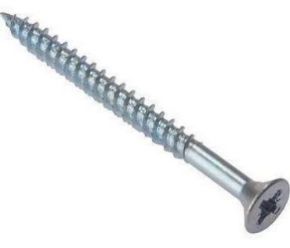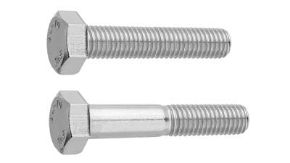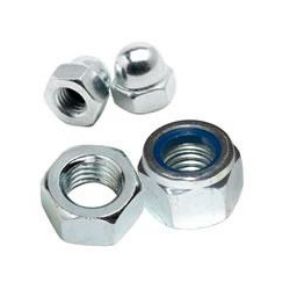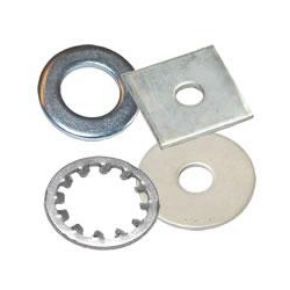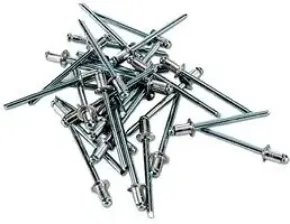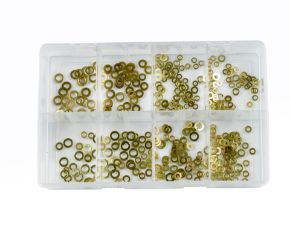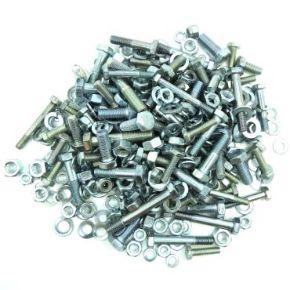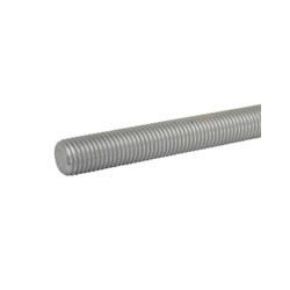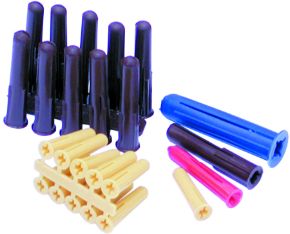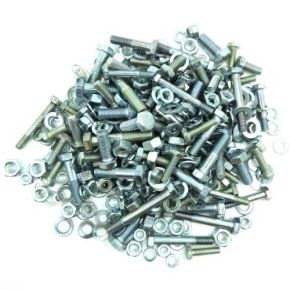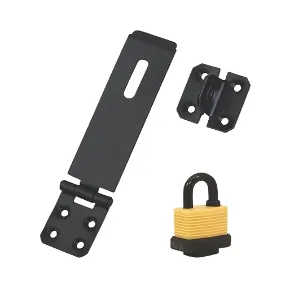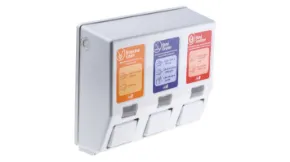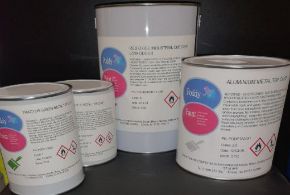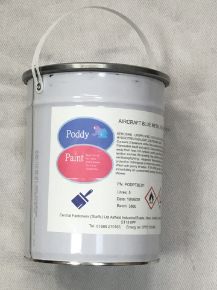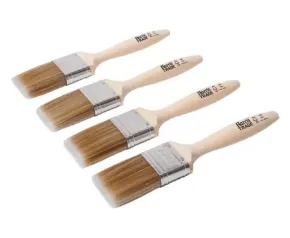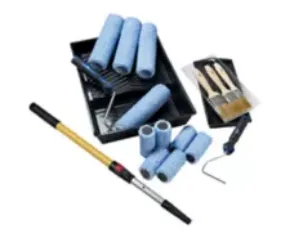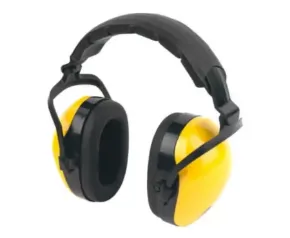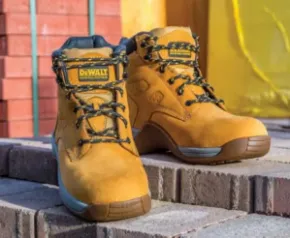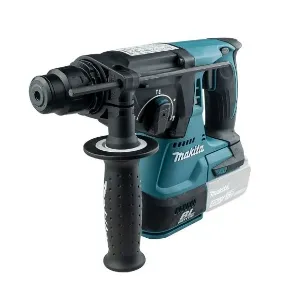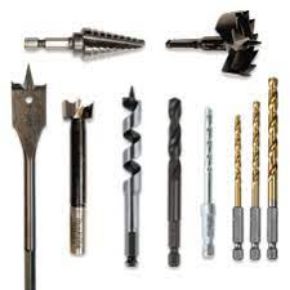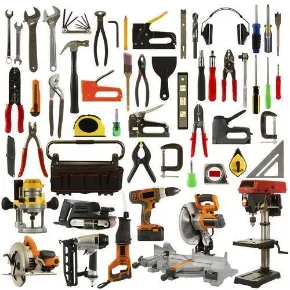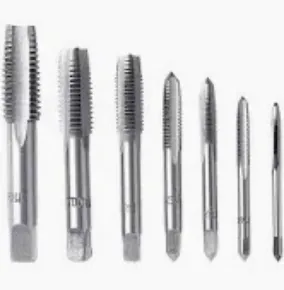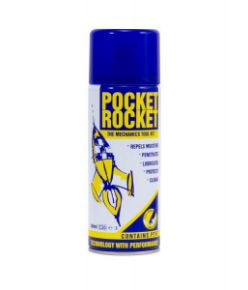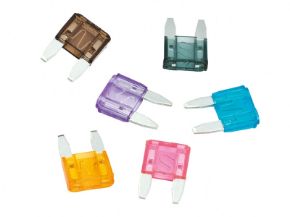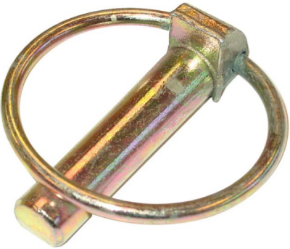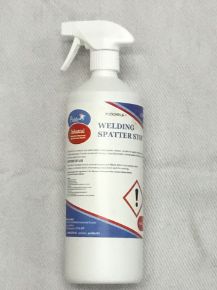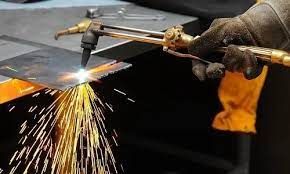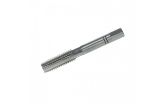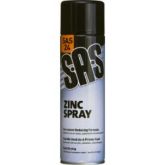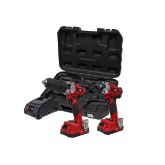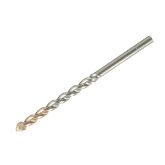Hex Bolt Sizes Guide
A Complete Guide to Hex Bolt Sizes
When it comes to choosing the right fastener for structural, mechanical, or engineering work, hex bolts are among the most widely used and versatile options. Available in a variety of diameters, lengths, thread types, and materials, understanding hex bolt sizes is essential for ensuring strength, fit, and safety in your project.
This guide covers everything you need to know about hex bolt sizes, including standard measurements, applications, and how to choose the right one for the job.
What Is a Hex Bolt?
A hex bolt is a type of threaded fastener with a six-sided (hexagonal) head, designed to be tightened with a spanner or socket. These bolts are typically used in conjunction with a matching nut and washer or screwed directly into a tapped hole.
Hex bolts are ideal for:
Structural steelwork
Machinery and automotive assembly
Timber construction
Industrial installations
General-purpose engineering
How Hex Bolt Sizes Are Measured
Hex bolt sizes are defined by several key dimensions:
Diameter (Thread Size) – Measured across the outer thread (e.g. M8, M10).
Length – Measured from the underside of the head to the end of the thread.
Thread Pitch – The distance between threads (coarse or fine).
Head Width Across Flats (AF) – The distance across the hex head, typically used to select the correct spanner size.
Metric sizes are the most common in the UK and are usually identified by an “M” followed by the nominal diameter in millimetres (e.g. M10 = 10mm diameter).
Common Hex Bolt Sizes and Their Uses
Here’s a breakdown of popular hex bolt sizes in a size chart, their typical applications, and spanner sizes:
| Hex Bolt Size | Thread Pitch (Coarse) | Common Uses | Spanner Size (AF) |
|---|---|---|---|
| M4 | 0.7mm | Electronics, small brackets | 7mm |
| M5 | 0.8mm | Light-duty fixings, enclosures | 8mm |
| M6 | 1.0mm | Machinery, timber fixings | 10mm |
| M8 | 1.25mm | Metalwork, automotive, fencing | 13mm |
| M10 | 1.5mm | Structural components, heavy timber | 17mm |
| M12 | 1.75mm | Steel structures, machinery | 19mm |
| M14 | 2.0mm | Heavy industrial equipment, large joints | 22mm |
| M16 | 2.0mm | Bridges, construction, large machines | 24mm |
| M20 | 2.5mm | Heavy-duty infrastructure and engineering | 30mm |
Choosing the Right Hex Bolt
When selecting a hex bolt, consider the following:
Load Requirements
Heavier applications call for larger diameters and higher strength grades (e.g. 8.8 or 10.9 high-tensile steel).Material
Zinc-plated steel – For general indoor use
Stainless steel – Corrosion-resistant, ideal for outdoor or marine environments
Galvanised – Heavy-duty corrosion protection for construction
Thread Type
Most hex bolts come with coarse threads (standard metric), which are more robust and faster to install. Fine threads are used where greater tensile strength and vibration resistance are needed.Bolt Length
Ensure the bolt is long enough to fully pass through the components and allow for washer and nut engagement if required.
Hex Bolt Grades
Hex bolts are also available in different strength grades, usually stamped on the head:
Grade 4.6 – Standard mild steel, general use
Grade 8.8 – High-tensile steel, common in structural and mechanical use
Grade 10.9 / 12.9 – Very high strength, used in critical load-bearing applications
Stainless steel bolts are usually categorised as A2 (304) for general corrosion resistance or A4 (316) for marine-grade durability.
Understanding hex bolt sizes is essential for choosing the right fastener for strength, safety, and reliability. Whether you're tackling a small home project or a major industrial installation, the right size and specification of hex bolt can make all the difference.
At Central Fasteners, we stock a comprehensive range of hex bolts in all common sizes, grades, and finishes. Shop our collection online and find the perfect fastening solution for your next project.

